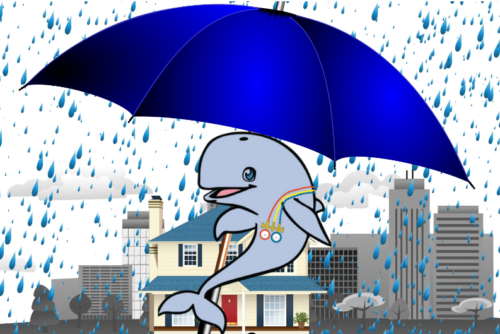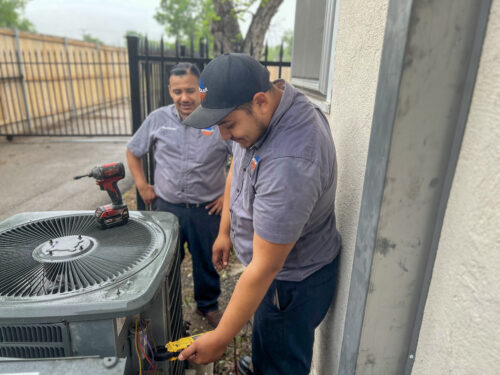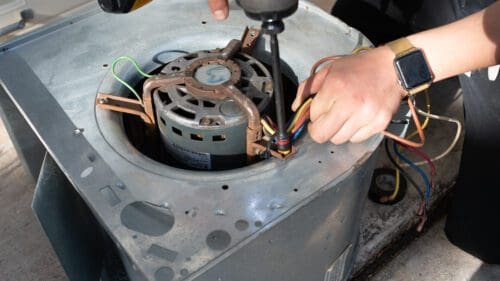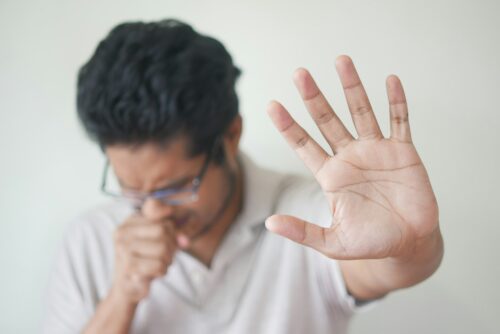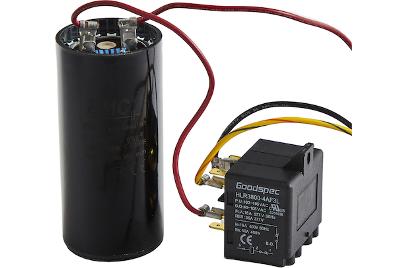Identifying Signs of Mold
Mold season in San Antonio can be a dangerous time for residents, as the warm and humid climate in the area creates an ideal environment for the growth of mold. It is important to be able to recognize the signs of mold in order to protect yourself and your family from its potential health risks.
Mold growth in a home is often visible on walls and ceilings in the form of dark spots or discoloration. The growth may also be present on other surfaces including carpets, fabric, and furniture. In addition to visible signs, mold may also cause a musty odor in the home which can be an indicator of its presence.
While the most common places for mold growth are areas with high humidity, it can also be found in other parts of the home including attics, basements, and crawl spaces. As mold grows, it can spread from the original source to other areas of the home if not addressed quickly.
Mold can also hide in various places that may not be visible to the naked eye. This includes behind wallpaper, in air conditioning vents, and in the insulation of walls and ceilings. It is important to inspect all areas of the home for signs of mold, as it can be present in areas not normally visible.
By being able to identify the signs of mold in your home, you can take the necessary steps to reduce its potential health risks. Knowing where to look and being aware of the potential signs of mold can help you stay safe during San Antonio’s mold season.
Understanding Health Risks of Mold
When it comes to the health risks associated with mildew, it is important to understand what you are dealing with. Mold can cause a range of health issues, ranging from allergic reactions to more serious respiratory illnesses. It is important to be able to identify the signs of mildew infestation and to know how to protect yourself from the risks associated with it.
Mold can cause allergic reactions, such as a runny nose, watery eyes, and skin irritation. In more severe cases, exposure can lead to asthma attacks and other respiratory illnesses. People with weakened immune systems or pre-existing respiratory conditions, such as COPD, are at an increased risk of developing more serious complications from exposure.
In addition to the physical symptoms of mildew exposure, it can also have negative psychological effects such as stress, anxiety, and depression. It can also emit some chemicals that are known to be neurotoxic, meaning that they can affect the nervous system and cause neurological issues.
Since mold can grow in a wide variety of places, it is important to know what to look out for in order to identify potential sources of it in your home. Mildew growth can be easily identified by discoloration or dark spots on walls and other surfaces. It is also important to look out for any musty odors, which are often associated with growth.
Given the variety of health risks associated with mold, it is important to take steps to protect yourself from the dangers of exposure. Proper hygiene is essential to avoiding health complications associated. This includes washing your hands regularly, avoiding contact with potential sources of mildew, and wearing protective clothing when cleaning areas that are prone to mildew season in San Antonio can be a dangerous time for residents, as the warm and humid climate in the area creates an ideal environment for the growth of mold growth.
By understanding the health risks associated with mold and taking the necessary steps to protect yourself, you can ensure a healthy and safe living environment during allergy season in San Antonio.
Protecting Yourself During Mold Season
Mold season in San Antonio may bring an increased risk of health complications, but it doesn’t have to. It is possible to reduce your exposure to it and minimize your risk of health complications. Here are several strategies for reducing your exposure to mold and stay healthy during allergy season in San Antonio.
First, it is important to identify where mildew is likely to be found in your home. Check for moisture or water damage in areas such as bathrooms, kitchens, basements, and attics, as these are all places where it can hide. Be sure to remove any visible mildew with a bleach solution. Be aware of hidden sources of moisture and water in your home, such as leaky pipes, and make sure to have them repaired to avoid further growth.
Second, with the increased mold season in San Antonio, it is important to recognize the symptoms of mold exposure. These include coughing, sneezing, itchy skin, eye irritation, and breathing difficulties. If you experience any of these symptoms, it is important to consult your doctor for further investigation and treatment.
Third, it is important to practice good hygiene during mold season. Make sure to shower regularly and wash your hands often. This will help reduce your risk of exposure to mold and also minimize the spread of any illnesses. Additionally, it is important to practice good air quality management in your home. Make sure to keep your home well-ventilated by opening windows and doors when possible. Additionally, consider investing in an air purifier to help reduce the presence of mold in your home.
Finally, be aware of your environment and take measures to reduce your risk of exposure. Avoid areas that may be prone to mold growth, such as damp basements and outdoor areas with large amounts of foliage. Additionally, wear protective clothing when spending time outdoors, such as covering your skin and face with a scarf or mask.
Conclusion
Mold season in San Antonio comes with its own set of challenges, but there are ways to stay healthy during this time. By recognizing the signs and understanding the health risks associated with it, you can protect yourself during this time.
It is important to keep an eye out for signs, such as musty smells, discoloration, or peeling paint. It can be found in areas of high humidity and can cause a variety of health problems, ranging from respiratory issues to skin conditions.
To reduce your exposure, make sure to keep your home clean and well-ventilated. Check for any signs of regularly, especially in areas with high humidity. You may also want to consider using dehumidifiers or air purifiers to help reduce the amount of mold in your home.
In conclusion, mold season in San Antonio can be a difficult time, but with the right strategies, you can stay healthy. By recognizing the signs, understanding the health risks associated with it, and taking the proper precautions, you can keep yourself safe and healthy during this time.
